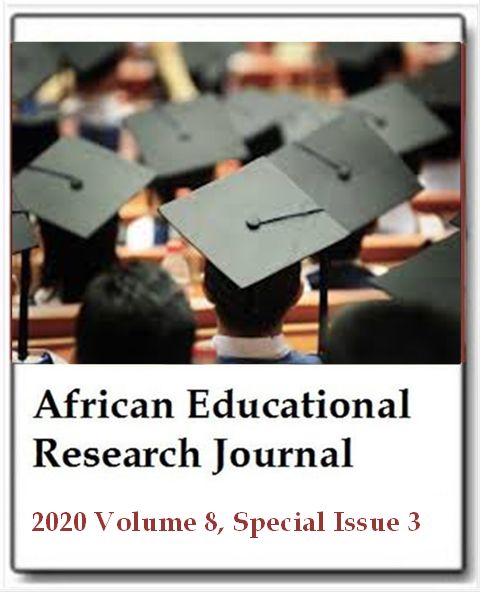Teacher assessments of the process of preparing a blended teaching Turkish as a second language program assisted by quantum learning cycle
Olcay Saltık, Sevgi Çalışır Zenci and Hülya PilancıAfrican Educational Research Journal
Published: November 13 2020
Volume 8, Special Issue 3
Pages S154-S161
DOI: https://doi.org/10.30918/AERJ.8S3.20.082
Abstract
About 2 million Syrians of approximately 3.6 million who were forced to immigrate to Turkey due to unfavorable conditions in Syria are composed of adults. In order to maintain Syrians’ socio-cultural adaptation and minimize adaptation problems that they experience, their learning Turkish has become a need. As is known, the time that adults can spend on learning languages is much more limited compared to children. As an eclectic approach, blended learning arising as a result of minimizing the disadvantages of face-to-face and online learning and combining the advantageous sides of both is accepted as an appropriate model for adult learners. In the present study, the blended and Quantum learning cycle assisted teaching Turkish as a second language program for adult Syrians (at the age of 17 and above) who are under temporary protection in Turkey will be discussed and learners’ contribution to program development process will be presented. In the program, by benefitting from Quantum learning cycle, it has been possible to maintain language learning’s being dynamic, easy and long-lasting, and teachers’ encouraging learner success, learners’ experiencing learning and having the opportunity to practice. Considering the specific features of adult learners, the program content has been aimed to be meaningful for learners. Teacher assessments obtained before the application of the program have been significantly impacted the development of the program and their thoughts after the application has contributed a lot. This study can contribute to the literature on the use of blended learning model in language teaching programs for adults.
Keywords: Blended learning, quantum learning cycle, teaching Turkish as a second language, adult education.
Full Text PDFThis article is published under the terms of the Creative Commons Attribution License 4.0

